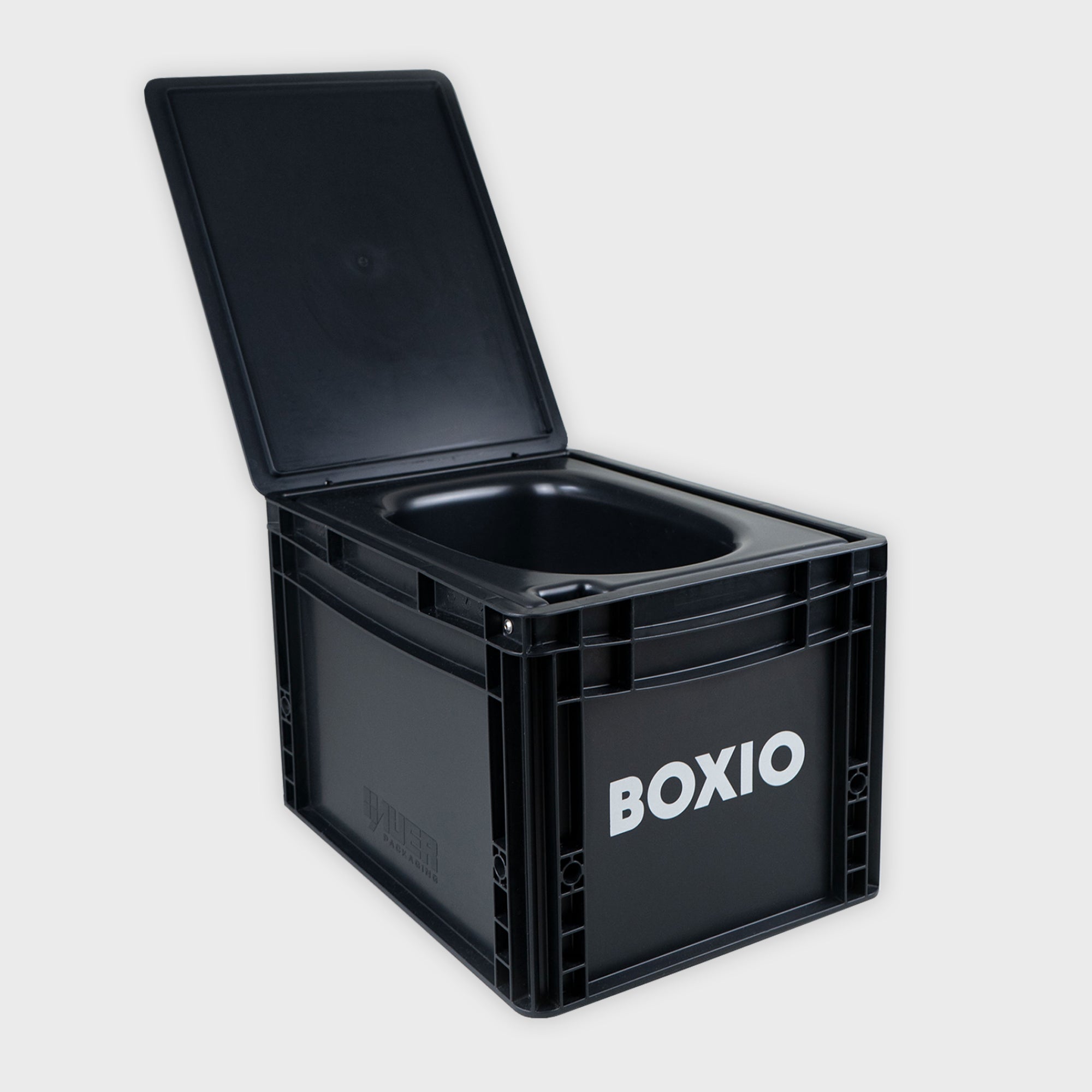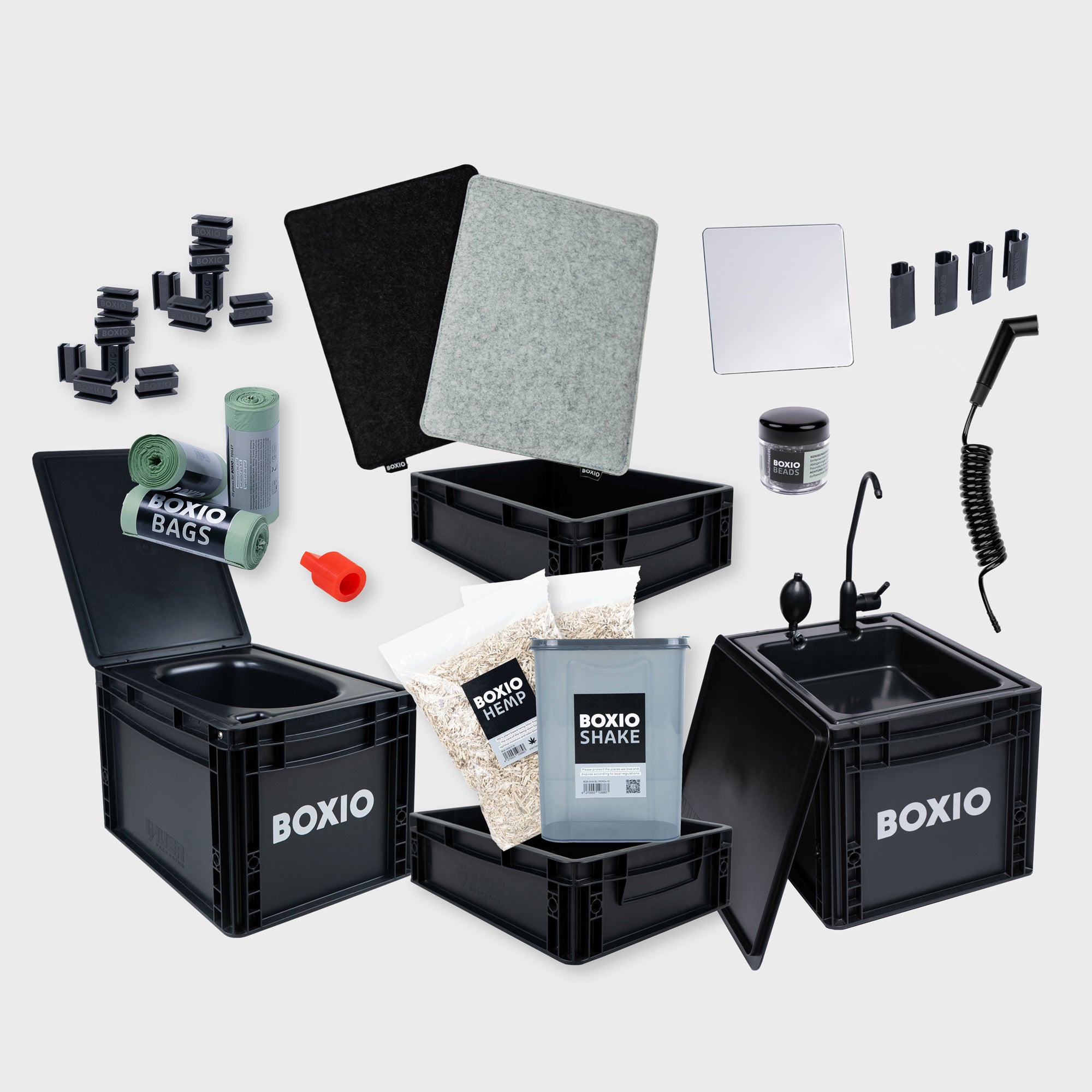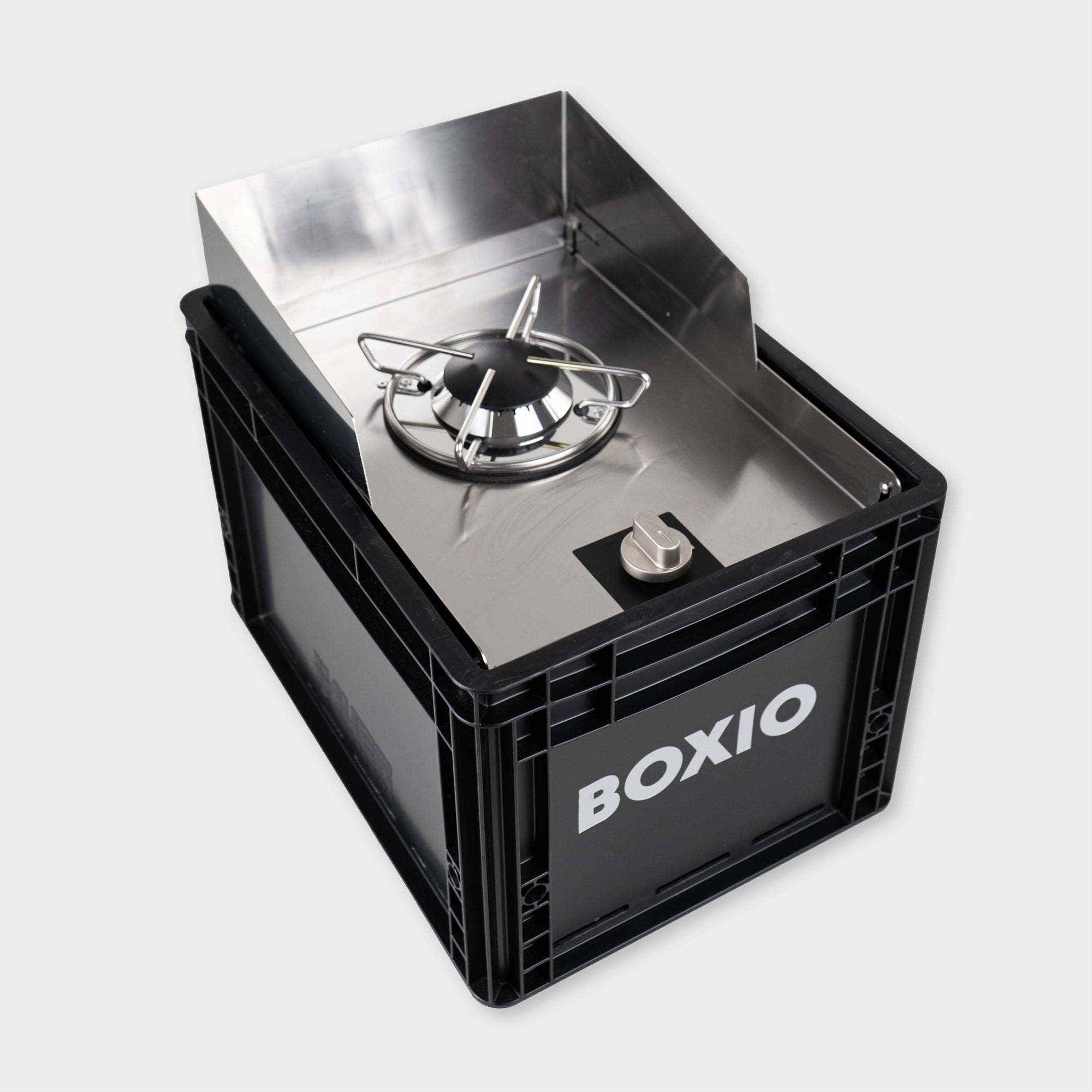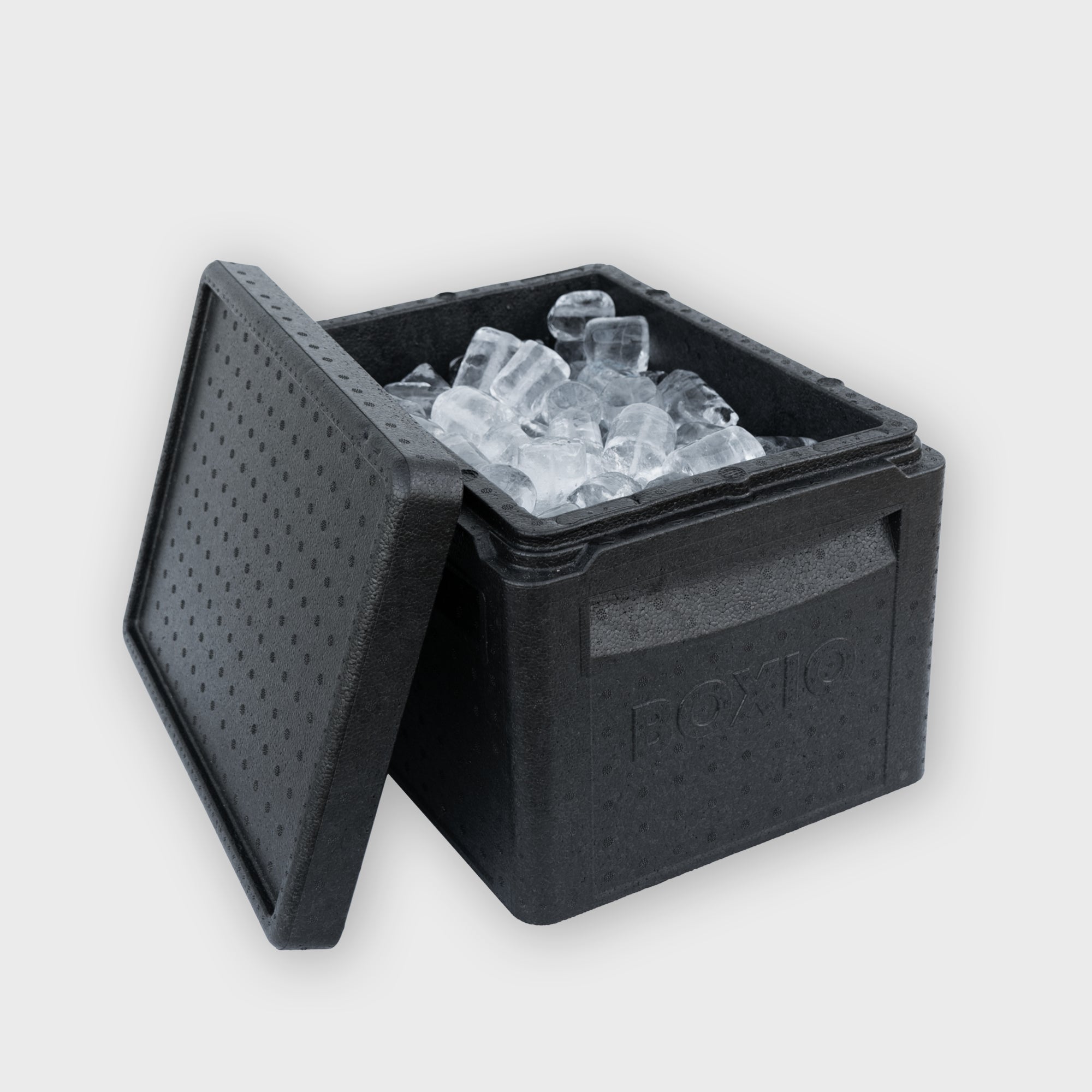How does a dry toilet work?
Almost all of us have someone in our circle of friends who has converted a van to explore the big, wide world. It's often popular with couples, but there are also people who travel alone, watching the sunset go by with an exciting book in hand.
Vanlife has developed rapidly as the travel trend of recent years and the vanlife scene is growing by leaps and bounds every day. Countless impressive pictures and videos can be found on social media, among other places, and it's hard not to get lost in the thoughts.
One important question that every van lover has to consider is how they want to do their business on the road. As converting a van can be quite costly, it is important to find a solution that is both affordable and functional for your travels.
In this blog, we introduce you to the dry separation toilet - better known as a TTT.
What is a dry separation toilet?
A dry separation toilet is a toilet without a water flush in which the faeces are collected in a designated container and strictly separated from the urine. In places that have no connection to a public sewage system, the dry separation toilet is a low-odour, economical and ecological alternative to the chemical toilet.
The excrement is then usually recycled biologically as fertilizer. Among other things, this saves drinking water and relieves the burden on sewage treatment plants and landfill sites. In this way, every camper can make a personal contribution to protecting the environment and have a good feeling afterwards.

How is the dry separation toilet constructed?
The classic dry separation toilet consists of three components: the separation insert, the solids container and the urine canister. Other accessories include, for example, compostable bags and grit for the solids in order to be perfectly equipped for the upcoming trip with your van.
Below you can see the structure of a dry separation toilet with its individual parts.

(1) Separating insert
The separator insert is there to separate the faeces from the urine. A suitable shape is important to provide the necessary comfort . We tested seven different prototypes until we and the numerous test persons were satisfied with the result.
The separator insert can be removed from the box and rinsed for maintenance. We recommend using biodegradable cleaning agents for cleaning.
Tip: The separating insert can be removed from the box and cleaned at any time!
(2) Solids container
The solids container ensures that the faeces is collected separately from the urine. The container contains a bag that is disposed of and replaced depending on the frequency of use. In addition, hemp litter, for example, which prevents unpleasant odors and binds moisture, is added to the faeces. odors and binds moisture. The hemp litter is absorbent and the mixture of excrement and litter makes it easier to compost.
The solid waste container should also be cleaned at regular intervals to maintain hygiene. We also recommend using biodegradable cleaning agents for cleaning.
The solids can then be composted. Here you should ensure that the composting is sufficient before the soil is put back on the beds.
(3) Urine canister
The last important component of the dry separation toilet is the urine canister. As the name suggests, this is where the urine ends up, separate from the solids.
However, a dry toilet is not designed to store the urine in the canister for a long time. It is usually emptied every 2-3 days to prevent unpleasant odors from forming in the first place.
Tip: Urine can be diluted 1:10 with water and used for watering the garden!
Now it is important to know how the dry urine-diverting toilet works and what you should pay particular attention to when using it.
How does the dry separation toilet work?
How a dry separation toilet works is almost self-explanatory. Below you will find step-by-step instructions on how to use it.
- Simply fold up the separation insert and fill the faeces container with a tear-resistant
and compostable bag. Put in a handful of hemp litter - ready, go! - Simply sit on it and you're ready to go, just like in a normal toilet
- Dispose of the toilet paper in the waste bin or separately
- Sprinkle the solid waste with the odor-binding hemp litter
It is important to ensure that solids and urine are disposed of in the designated places. Each of you is responsible for ensuring that the areas are kept free of litter chaos. In the past, this has increasingly led to prohibition signs and the annoyance of residents and the authorities.
BOXIO - TOILET: THE DRY SEPARATION TOILET
- Made in Germany
- Fair price-performance ratio
- Space-saving solution
- Box and separating insert made of recycled material
- Durable and stable box in Euro format (40x30)
- Smooth surfaces and washable plastic
- Convenient divider insert
BOXIO highlights

Video






